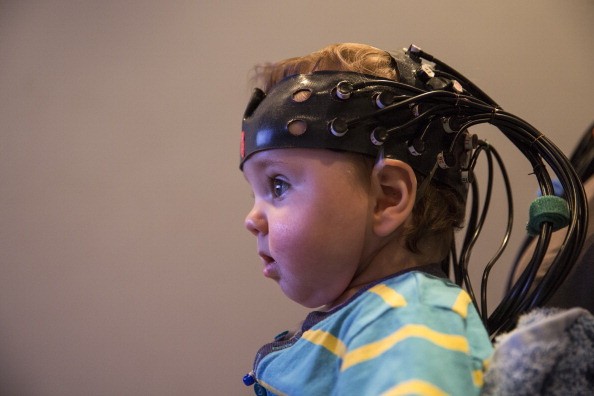Valve's is currently developing a new technology that could be the future of gaming! It can even beat PS5 DualSense's features.

Gabe Newell, the company's co-founder, and president said that the popular PS5 DualSense controller could have next-gen features that can really enhance users' gaming experience. However, he claimed that the game's future lies in the user's head, literally.
Newell is the one that touted the latest brain-computer interfaces or BCI as the potential future game control. According to Toms Guide's latest report, Valve is currently working on its BIC technology to make it a reality.
How BIC works
Newell previously explained that their company's new technology seems to be from a science fiction book or movie. However, he added that the upcoming BCI could deliver better ways to experience games or digital environments.
Valve's CEO based his new idea on a sci-fi movie "The Matrix" as an example of using BCI technologies. If you already watched the movie, you'll remember that the main characters are trapped in a real world-like digital environment. Their heads are connected to a system that transports them into another dimension.

The new technology seems impossible to achieve. However, the tech giant company is currently working with OpenBCI, an open-source agency working on creating BCI tools and software, to make new methods that the game developers could use to better understand the signals that are coming from a person's brain.
"We're working on an open-source project so that everybody can have high-resolution [BCI] read technologies built into headsets," said Newell via Toms Guide.
How will BCI improve the gaming experience?
Kotaku's previous report explained that Valve's new technology could deliver sounds, visuals, and even the consumers' feelings in the game directly into their brains. Newell explained that this technology is already available on the planet. He added that if software developers don't have it in the year 2022, then they are making a silly mistake.
He added that Valve's BCI's signals delivered directly into the brain could create visuals that are beyond what the people's eyes have seen. As of the moment, the company didn't provide an exact or possible date of its product's completion.
For more news updates about Valve's BCI and other gaming technologies, always keep your tabs open here at TechTimes.
Related Article : Researchers Warns Super-Intelligent AI, Robots Would Soon Be 'Impossible' to Control-No Limits Would be Set for Them!
This article is owned by TechTimes,
Written by: Giuliano de Leon.
ⓒ 2026 TECHTIMES.com All rights reserved. Do not reproduce without permission.




